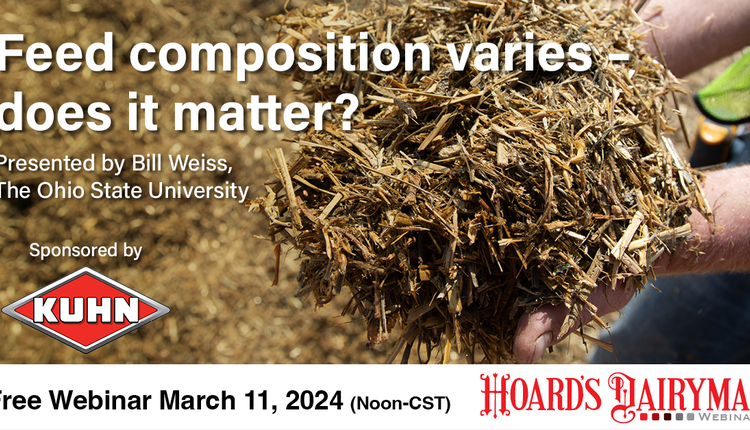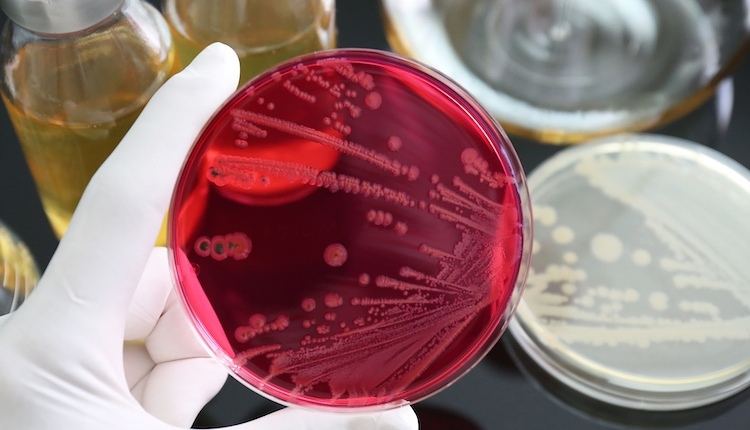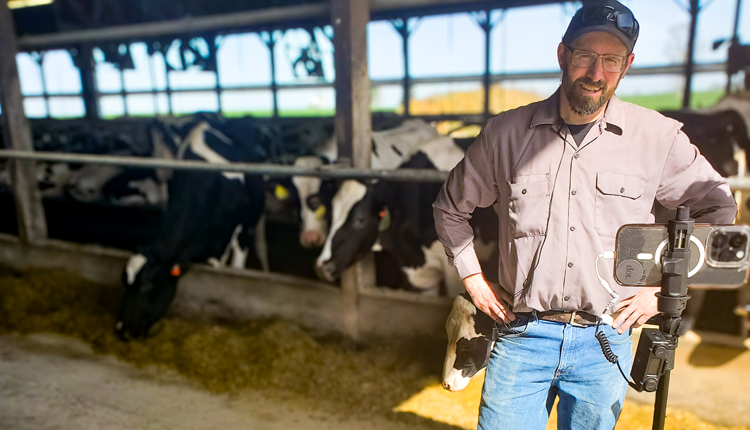 Mastitis costs dairy producers plenty – lost milk production, treatment costs and extra labor to manage the disease. Veterinarian and university professor, Pam Ruegg, presented "New concepts in mastitis control" webinar on Monday, September 9, 2013.
Mastitis costs dairy producers plenty – lost milk production, treatment costs and extra labor to manage the disease. Veterinarian and university professor, Pam Ruegg, presented "New concepts in mastitis control" webinar on Monday, September 9, 2013.Prevention of mastitis cases is key to controlling the disease. Ruegg shared the popular 5-Point Plan:
1. Effective teat dip
2. Dry cow-treat all quarters
3. Treat clinical mastitis, record data and monitor outcome
4. Cull chronically infected cows
5. Conduct regular machine maintenance
Mastitis can be contagious or environmental. When healthy teats are exposed to bacteria that originate from infected udders, that is classified as contagious mastitis. Environmental is the alternative form, which originates from cows' surroundings.
Not all cows are at equal risk for contracting mastitis. Those that are at the greatest risk include high producing cows, those with high milk flow rates and those with suppressed immune systems. Prime examples include fresh cows and those under heat stress.
With extensive research on larger herds, Ruegg found that in the week before and after calving is critical for udder health. The majority of udder infections occurred in the first seven days of lactation. But, getting one case of mastitis makes a cow five times more susceptible to future cases. So, prevention takes on even greater importance.
Just as each cow is different in her susceptibility to get mastitis, the mastitis bacteria are different in their characteristics. However, eye-balling the cow's symptoms is not the way to tell what udder infection a cow has acquired. Culturing must be done to determine the exact pathogen so the correct treatment can be administered. Blanket treating mastitis without knowing specifically the targeted bacteria is not ideal. Infected quarters should be cultured before treatment to speed recovery and avoid unnecessary drugs that will be ineffective.
Half of the clinical cases of mastitis are detected by only visually observing abnormal milk. However, each milker or employee has different criteria they use to determine what is "clinical" mastitis. Forestripping and looking at the milk is the first step in clinical mastitis detection, so it is important not to overlook this step in preparation for milking. Training and record-keeping also play an important role in udder health protocols.
Culturing the bulk tank will not help you determine what specific pathogen your herd may have. Culturing individual cows is the best option. Some udder infections are cured by the cow's own immune system without the use of medications and therefore 40 to 50 percent of infections do not require antibiotic therapy. However, preventing the first case of mastitis is pivotal to future udder health and milk quality. Extra attention should be paid to close-up and just-fresh cows. Preventing the first case of mastitis will save the cow repeated infections and increase overall milk quality. Long-term benefits will be seen for the cow, the herd and the dairy operation.
The September webinar is archived and available for viewing. It was sponsored by Boehringer Ingelheim Vetmedica Inc.

The author is the online media manager and is responsible for the website, webinars and social media. A graduate of Modesto Junior College and Fresno State, she was raised on a California dairy and frequently blogs on youth programs and consumer issues.











